Giant Hyssop (Hummingbird Mint), scientifically known as Agastache, is a herbaceous perennial belonging to the Lamiaceae family. Native to North America, this versatile plant thrives in USDA hardiness zones 5 through 10, making it suitable for a wide range of climates. Its perennial life cycle ensures it returns year after year, adding consistent beauty to your garden.
Renowned for its vibrant blooms and fragrant foliage, Giant Hyssop is a favorite among gardeners and pollinators alike. It not only attracts hummingbirds but also draws bees and butterflies, enhancing the biodiversity of your garden. This adaptable plant is perfect for borders, herb gardens, or as a striking standalone feature in sunny to partially shaded areas. Whether you’re a seasoned gardener or a beginner, this low-maintenance plant offers both visual appeal and ecological benefits.
| Common name | Giant Hyssop, Hummingbird Mint |
| Botanical name | Agastache |
| Family | Lamiaceae |
| Origin | North America |
| Life cycle | Perennial |
| Plant type | Herbaceous Perennial |
| Hardiness zone | 5, 6, 7, 8, 9, 10 |
| Sunlight | Full Sun |
| Maintenance | Low |
| Soil condition | Loam |
| Soil ph | Acid |
| Drainage | Well-Drained |
| Growth rate | Medium |
| Spacing | 3 ft. – 6 ft. |
| Harvest time | Fall |
| Flowering period | Summer |
| Flower color | Blue |
| Leaf color | Green |
| Fruit type | Capsule |
| Leaf benefit | Fragrant |
| Flower benefit | Fragrant |
| Garden style | Cottage Garden |
| Uses | Container |
I. Appearance and Characteristics
Carex morrowii, the kan suge, Morrow’s sedge, Japanese grass sedge or Japanese sedge (a name it shares with Carex oshimensis), is a species of flowering plant in the family Cyperaceae. It is native to central and southern Japan, and has been introduced to Belgium, Denmark and Austria.
It forms a densely tufted tussock of slender foliage that shimmers in the breeze, with flat, dark green leaves that are 12 inches long and 1/4- to 1/2-inch wide.
Best planted in spring, the growth habit of Japanese sedge is dense, clumping, and mounding. The plant will grow at a moderate pace, reaching its mature height and spread within about two years’ time. Inconspicuous brown flowering spikes emerge on the plant in mid to late spring.
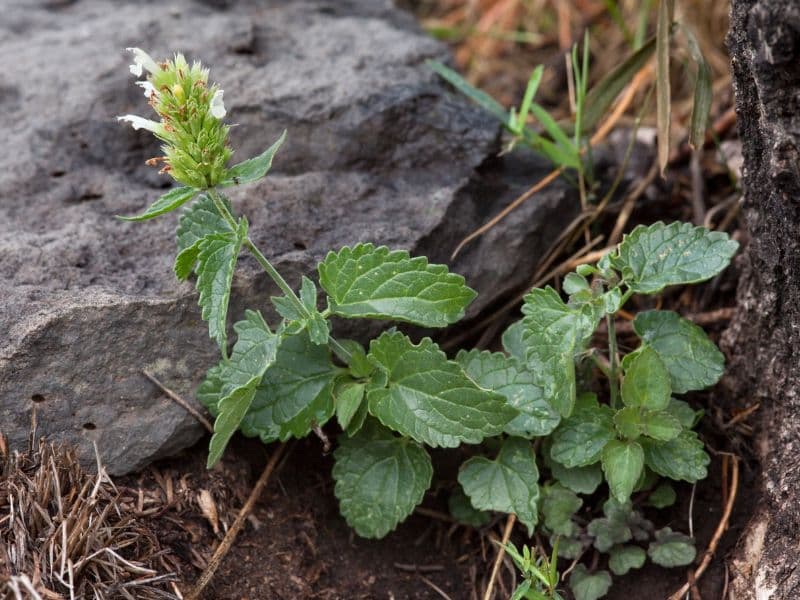
An ornamental sedge with a large number of (mostly variegated) cultivars, it tolerates heavy shade and wet soil, and is erosion and deer-resistant. Consequently it is recommended as a slowly spreading ground cover, for naturalizing, and in rain gardens. It is hardy in USDA zones 5 through 9 and does well in containers.
II. How to Grow and Care
Sunlight
Japanese sedge plants are unique in that they thrive in shady areas, like under a canopy of trees or in spots shaded by your house or other structure. They can also do well with a little dappled sunlight, though it should be minimal (no more than four to five hours of partial sunlight a day). If exposed to too much sun, the plant’s foliage will bleach and its green color will fade significantly.
Temperature and Humidity
Japanese sedge plants are cool-weather lovers and experience their most significant growth when temperatures are below 75 degrees Fahrenheit. That said, they tolerate a wide range of temperatures and have no special humidity requirements. To protect the plant during especially cold winters, you can cover it with a thick layer of organic mulch around the root zone.
Watering
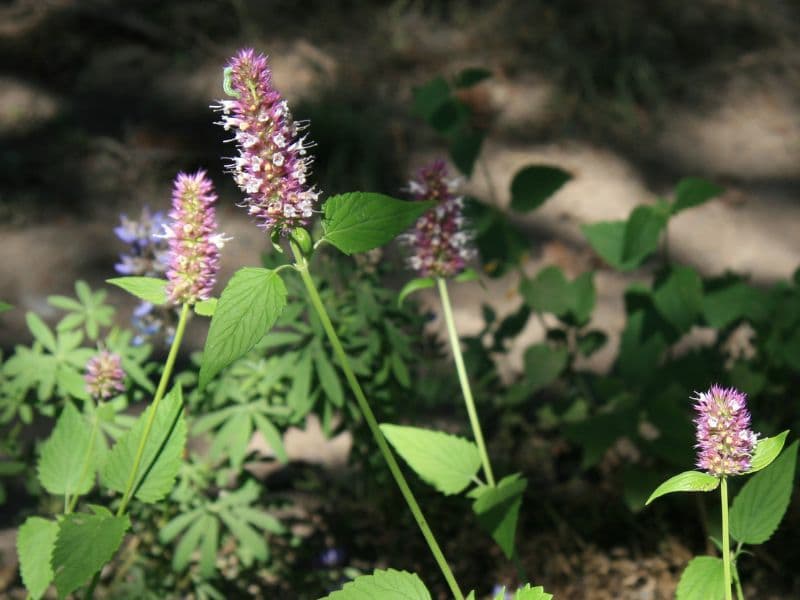
Japanese sedge plants should be watered consistently, especially as they’re getting established in your landscape. A good rule of thumb is to drench the plant when the top layer of soil has dried out, and you should never let the ground dry out entirely if you can help it. Once the plant is established in your landscape, it will be moderately drought-tolerant. When watering Japanese sedge plants, aim your hose or watering can at the base of the plant instead of into the dense foliage—this will help reduce the risk of fungal diseases.
Soil
Plant your Japanese sedge in any soil blend that is moderately moist, fertile, and well-draining. The plant adapts well to a variety of different soil types (like chalk, clay, loam, or sand) and pH levels but is not keen on dry soil.
Fertilizing
You do not need to worry about fertilizing your Japanese sedge plants—they establish themselves quite easily and will grow just fine without the help of additional nutrients
Pruning
It’s not necessary to prune your Japanese sedge throughout its growing season. Shaping the plant is also unnecessary, as long as you like its free form and it’s not infringing on any nearby plants. However, if you do not live in an area that promotes its health all year long, Japanese sedge can (and should) be cut down before winter so it’s ready to welcome fresh foliage the following spring.
To prepare it properly, trim back the leaves to ground level, being careful not to prune too aggressively and rip out the plant’s roots. Remove any debris from the area around the plant and mulch over the trimmed foliage if desired.
Propagation
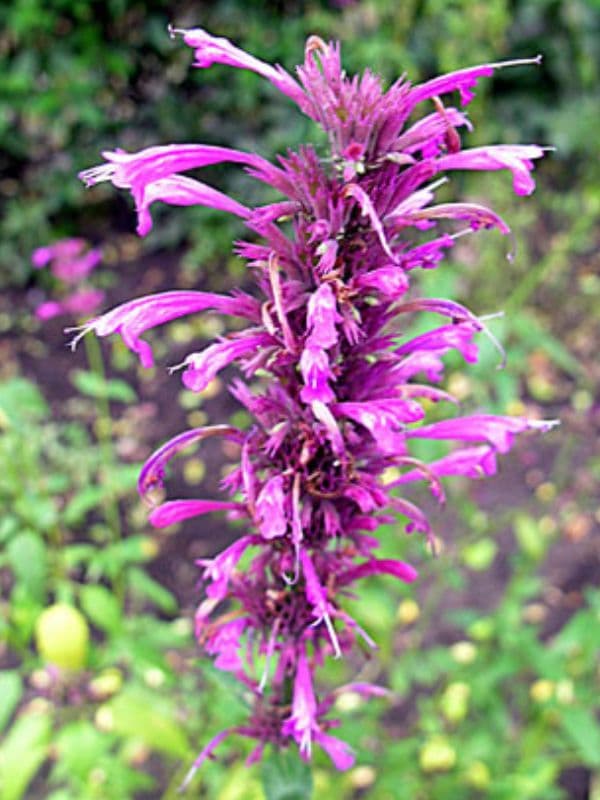
Division is the recommended means of propagation for Japanese sedge. Plan to divide your plant every three to four years, which is around the time that the center of your mature plants will see a reduction in the number of new leaves they produce.
- In the spring, when the new growth starts, lift the entire plant out of the ground with a shovel. If it is too big, move it in one piece, do it in sections.
- Gently break the clump into sections. Shaking off any excess soil helps to separate the clump into smaller sections.
- Plant the sections in new locations at the same depth as the original plant. Water well and keep the soil evenly moist until you see new growth.
How to Grow From Seed
Japanese sedge can be erratic to germinate and seeds are not widely available, as it is mostly sold as a plant. If you are planning to collect seeds from your own plant, it might be a cultivar, which means that seeds from that plant won’t produce a new plant that is true to the parent. If you still want to give it a try, here’s how to grow Japanese sedge from seed:
- Sow seeds in seed flats filled with seed starter mix or light potting mix and cover them only with a dusting of soil.
- Japanese sedge prefers cooler temperatures to germinate. Keep the seed flats at a temperature around 60 degrees Fahrenheit, in a location with dappled light. Water regularly to keep the soil evenly moist.
- After the seedlings have developed a root system that fills the cell, it is safe to plant them outdoors, which is best done in the spring or fall.
Potting and Repotting
Because of its low height, Japanese sedge is an ideal container plant. You can plant it in a pot on its own or combine it with other plants that have similar watering and sun needs.
The container should be at least 6 inches or more larger than the root ball of your plant so there is sufficient room for it to grow for two to three years without needing any repotting. Good drainage holes are essential. Fill the container with a good-quality potting mix. For a sedge in a planter combo, also take its future growth into consideration so you don’t overcrowd the container.
Once the root system has filled the container, repot it in a container one size up in fresh potting mix.
Overwintering
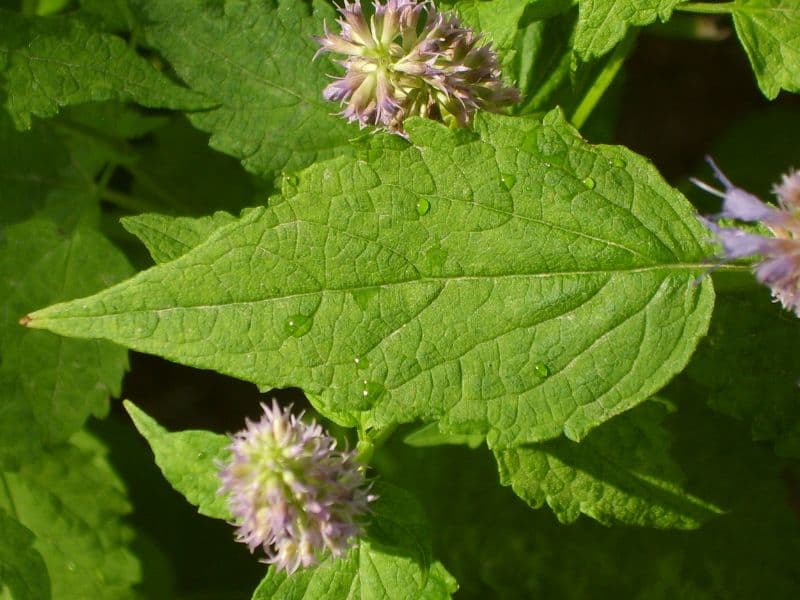
If you live in an area that experiences mild winters, there is no need to take special precautions with your sedges when the seasons change. You may want to put a thick layer of organic mulch around the base of the plants before the temperatures drop and suspend your watering schedule in the late fall and through the winter.
However, if your winters deliver chilly temperatures and freezes are a normal occurrence, then it is probably best to cut your sedges to the ground, mulch around the base of the plants, and wait for them to grow again in the spring.
Sedge in containers should be protected in areas with extended freezing temperatures, as this can damage the roots. Protect the container with a burlap and bubble wrap, or place the container inside an insulation silo.
Pests and Diseases
Japanese sedge is resistant to serious pests and diseases and not palatable for deer and other herbivores.
III. Types of Japanese Sedge

More than 1500 species of Carex grow in moist-to-wet areas around the world, making it challenging to identify individual species. There are a variety of common grass types in the Carex genus that are sometimes confused with Japanese sedge, including foothill sedge and tussock sedge. However, there are a number of well-known varieties of Japanese sedge as well, many of which differ only slightly in color or appearance but not care. They include:
- Carex morrowii ‘Variegata’: This varietal looks largely the same as Japanese sedge, but boasts leaves that have bright white margins on either side.
- Carex oshimensis ‘Evergold’: This varietal is characterized by creamy yellow leaves that have bright green margins. It grows in a low, grass-like mounded clump similar to Japanese sedge.
- Carex morrowii ‘Silk Tassel’: Perhaps the most unique of the bunch, this varietal has leaves that are thin, whispy, and green-silver in color. The fine texture of the leaves lends the plant a fountain or mop-like effect.
Find Where to Buy the Best Giant Hyssop (Agastache)










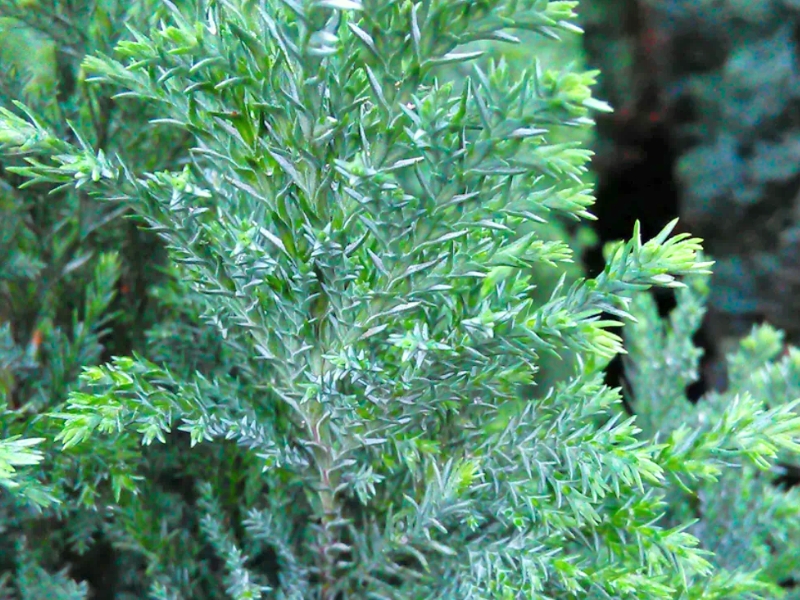

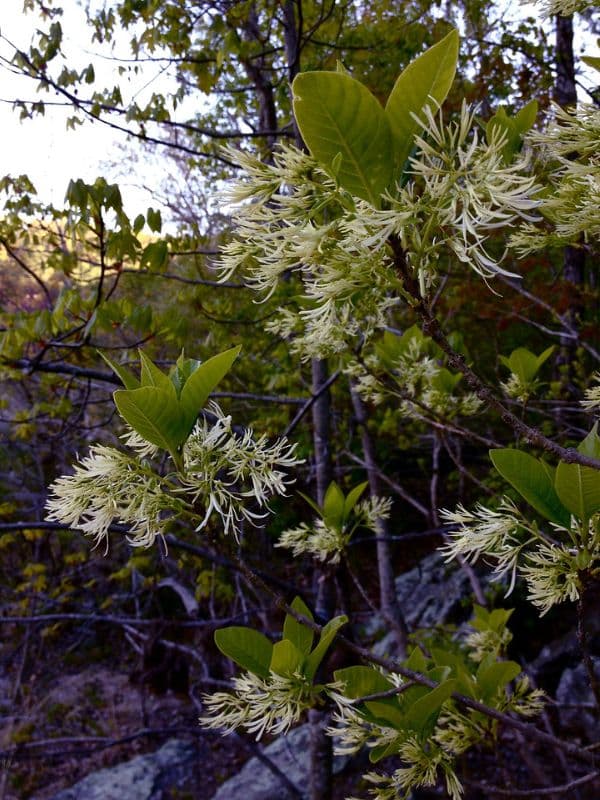
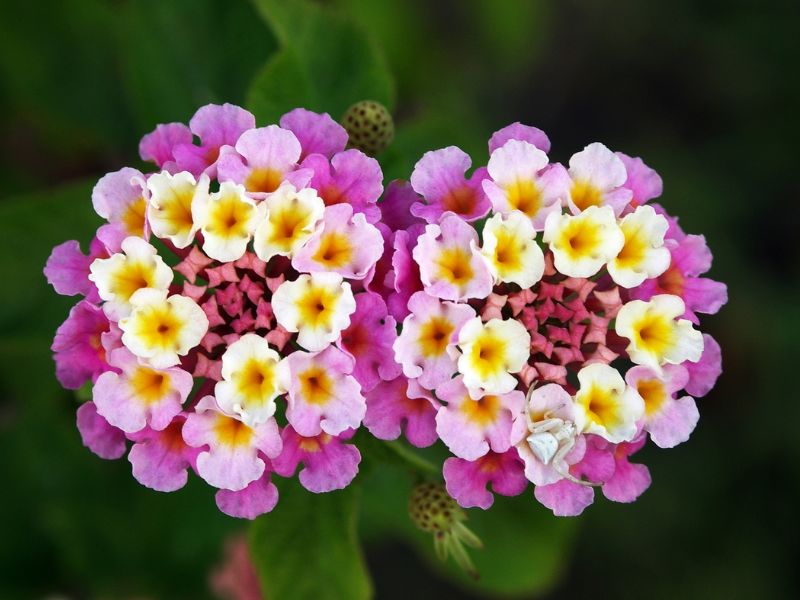
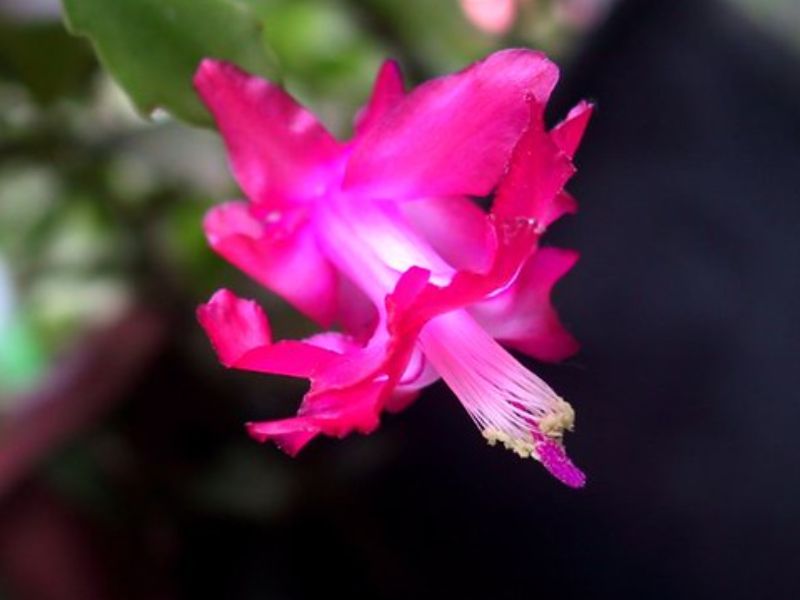
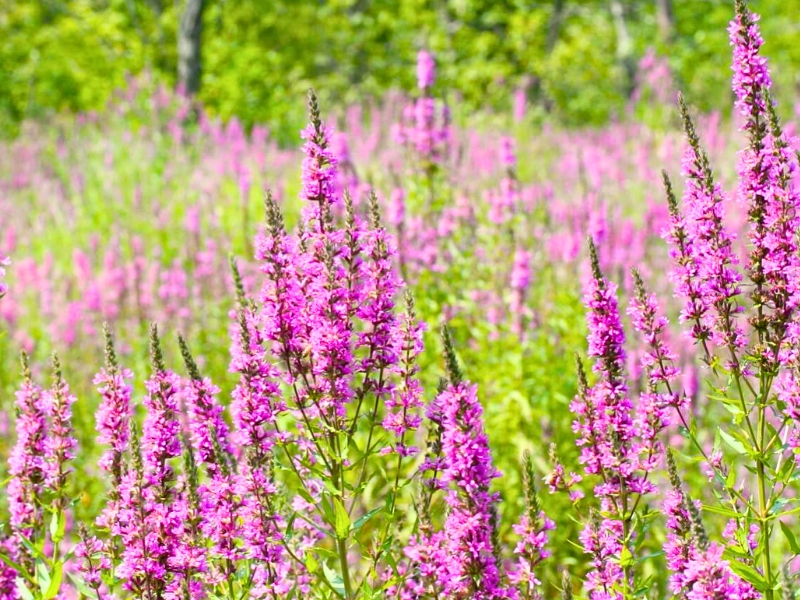
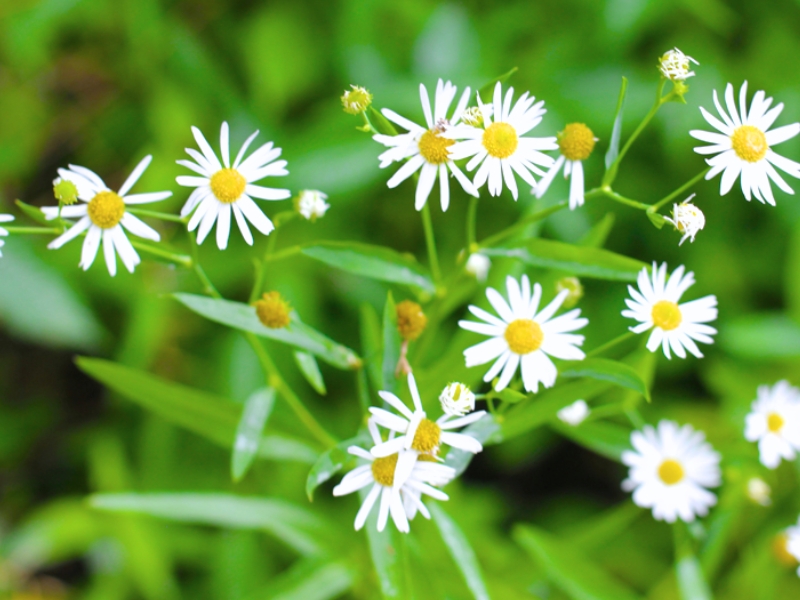
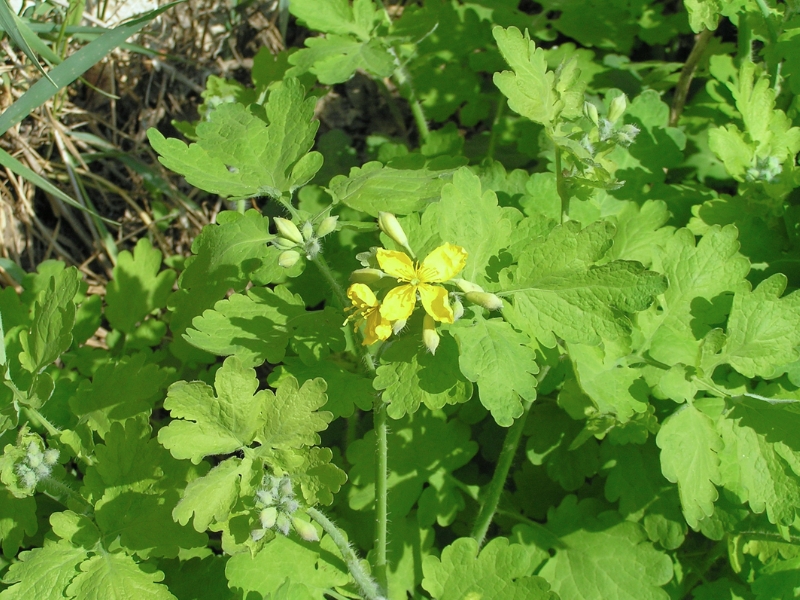
Leave a Reply